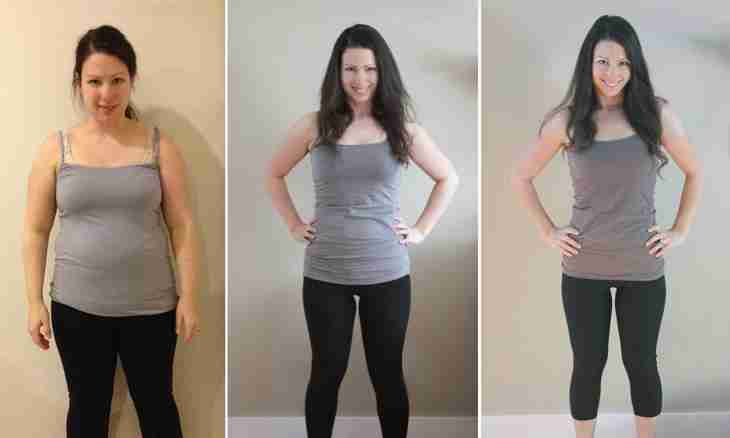Body weight is measured in tons, kilograms or grams, volume - in cubic meters and liters. If it is about small amounts of substance – volume is measured in cubic centimeters or milliliters. Weight is defined by density of substance depending in turn on its physical and chemical properties and also external conditions. Let's consider how to bring the weight and volume into accord.
It is required to you
- - scales,
- - barometer,
- - psikhometr,
- - thermometer,
- - calculator,
- - reference book on physics.
Instruction
1. Density of all substances depends on external factors: humidity, temperature and atmospheric pressure. At the same time, the more intensively substance absorbs moisture (hygroscopicity), the its density changes more significantly. The same volume filled with substances with an unequal density has various weight. For example, wood density depending on the content in it of water, can changes more than twice. For liquids (in particular, for water), density depends on availability of impurity – it is considered at calculation of weight of ballast by steamships: fresh water is lighter, than sea. Foodstuff often is on sale in standard packagings. If the speech goes about such case, the question of determination of weight of substance falls - it is specified on packing.
2. For convenience, there are tables of the translation of kilograms (or grams) in milliliters for the most often used foodstuff. On the basis of compliance of values of weight and volume in these tables make special measured kitchen ware for loose and liquid foodstuff.
3. Find test substance in the reference book on physics and determine its density by tables. For best accuracy the subsequent calculations, use adjustments for humidity, pressure and ambient temperature which are available in the reference book.
4. Lead tabular value of density to the necessary units of measure, that is kilogram on a cubic milliliter. Substance density in reference books on physics is usually specified in SI units - kg/CBM therefore transfer cubic meters to milliliters (1 cubic meter is equal to 1000 l, and 1 l is equal to 1000 ml), and then increase substance density size from the table by the received number: density * 1 kg / 1 000000 ml.
5. Weigh test substance – use for this purpose the prepared scales. Transfer if necessary the received value to kilograms (in 1 kg – 1000 grams).
6. Divide by means of the calculator value of weight in kilograms into density. The received private will also be the volume of test substance in milliliters, that is a required ratio of weight in kilograms and volume in milliliters.

